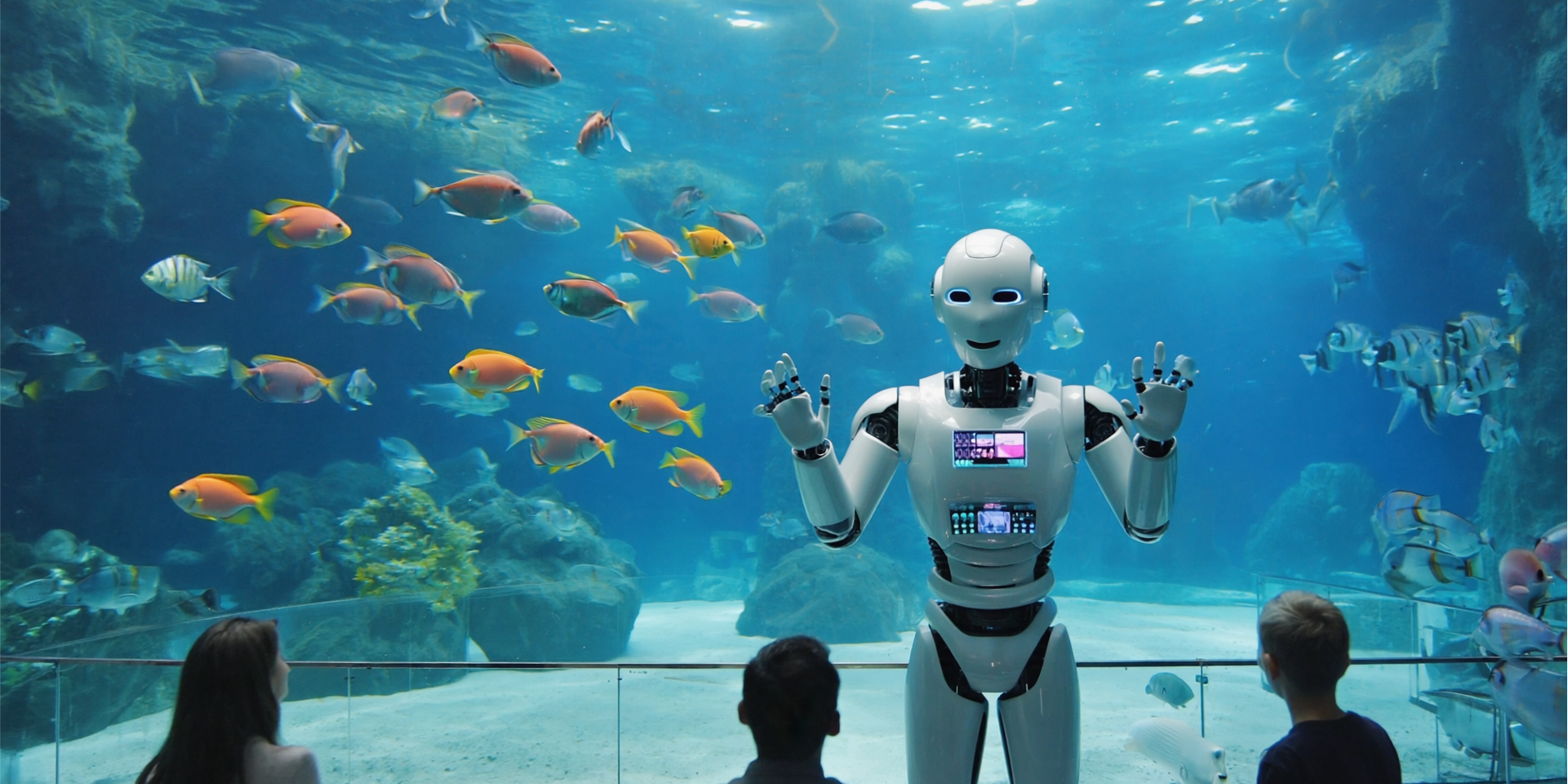The evolution of service robotics represents a crucial frontier for technological innovation, aiming to improve quality of life and human safety in various contexts. Service robots are autonomous systems capable of performing useful tasks for humans, freeing operators from dangerous, strenuous, or repetitive duties.
The Inter-Ego project by the Italian Institute of Technology (IIT) fits into this context, introducing two robots: AlterEgo and LHF-Connect. They have been designed to operate autonomously or be remotely controlled as robotic avatars.
AlterEgo
AlterEgo is a two-wheeled humanoid robot developed in 2017 by IIT’s SoftBots Lab and the “E. Piaggio” Research Centre at the University of Pisa.
AlterEgo was conceived with the ability to interact with humans. Its elastic structure helps prevent injuries during interaction with humans and objects.
Each arm has 6 degrees of freedom, ensuring a wide range of movements, and the extremities are equipped with anthropomorphic synergistic artificial hands, specifically the SoftHand Pisa/IIT. These hands are inspired by the synergistic movements of the human hand, allowing the robot to grasp a wide variety of objects with ease and dexterity. They also integrate IMU sensors for measuring configuration and dynamic interaction.
The robot moves on a two-wheeled platform, designed as an inverted pendulum that facilitates navigation in confined spaces and improves agility.
LHF-Connect
The Low Hanging Fruits (LHF) project aims to make the most promising “fruits” of advanced robotic research conducted in recent years available. The first LHF project is LHF-Connect, a telepresence robotic avatar specifically designed to improve the well-being of isolated patients in hospital settings.
LHF-Connect is designed to be assembled with commercially available hardware, making it accessible within a few days. Its simple and effective design features a tablet device (e.g., an iPad) mounted on a mobile platform, enabling remote video communication.
LHF-Connect’s mobility is ensured by the integration of commercial robot vacuum cleaners, capable of avoiding obstacles and navigating autonomously both inside and outside rooms. Thanks to an agreement with iRobot, one of the world’s leading manufacturers of robot vacuum cleaners, the project benefits from specific updates based on their software architecture, guaranteeing reliability and navigation performance.
LHF-Connect allows isolated patients to virtually interact with their loved ones, alleviating the psychological distress resulting from prolonged separation. These capabilities are particularly relevant in situations of isolation, such as with viral diseases, long hospital stays, and situations of great fragility. Furthermore, the robot can be used by medical staff to monitor patients remotely, reducing staff exposure to risks and optimizing resources.
Operational Modes
Both robots, AlterEgo and LHF-Connect, are capable of performing tasks completely autonomously but in different ways. In the first case, this includes complex navigation and manipulation capabilities, while in the second case, it involves autonomous navigation to predefined points or points requested by the patient.
The pilot station, consisting of lightweight, wearable interfaces for AlterEgo, and the remote interface for LHF-Connect, allows a human operator to control the robot remotely, immersing themselves in its operational environment. This mode enables the robot to faithfully replicate the operator’s movements and dynamics or to facilitate visual and auditory communication.
AlterEgo as an Interactive Guide
Among the application projects for the AlterEgo robot is the redefinition of the visitor experience in the cultural context of the Cetacean Pavilion at the Aquarium of Genoa. In this location, AlterEgo acts as an interactive guide, offering detailed explanations about dolphins, tours, and research activities, with the aim of making the visit as engaging and informative as possible.
Its distinctive advanced Artificial Intelligence allows it to understand and respond to questions, culturally and linguistically adapting to a diverse audience including children, foreign tourists, and the elderly.
This project, part of the MUR’s RISE initiative and in collaboration with CNR and the University of Genoa, aims to study the social and educational impact of robotics. The ultimate goal is to demonstrate how technology can enrich the cultural and educational world, paving the way for a new model of interactive scientific dissemination and transforming museums into more experiential and accessible spaces.






